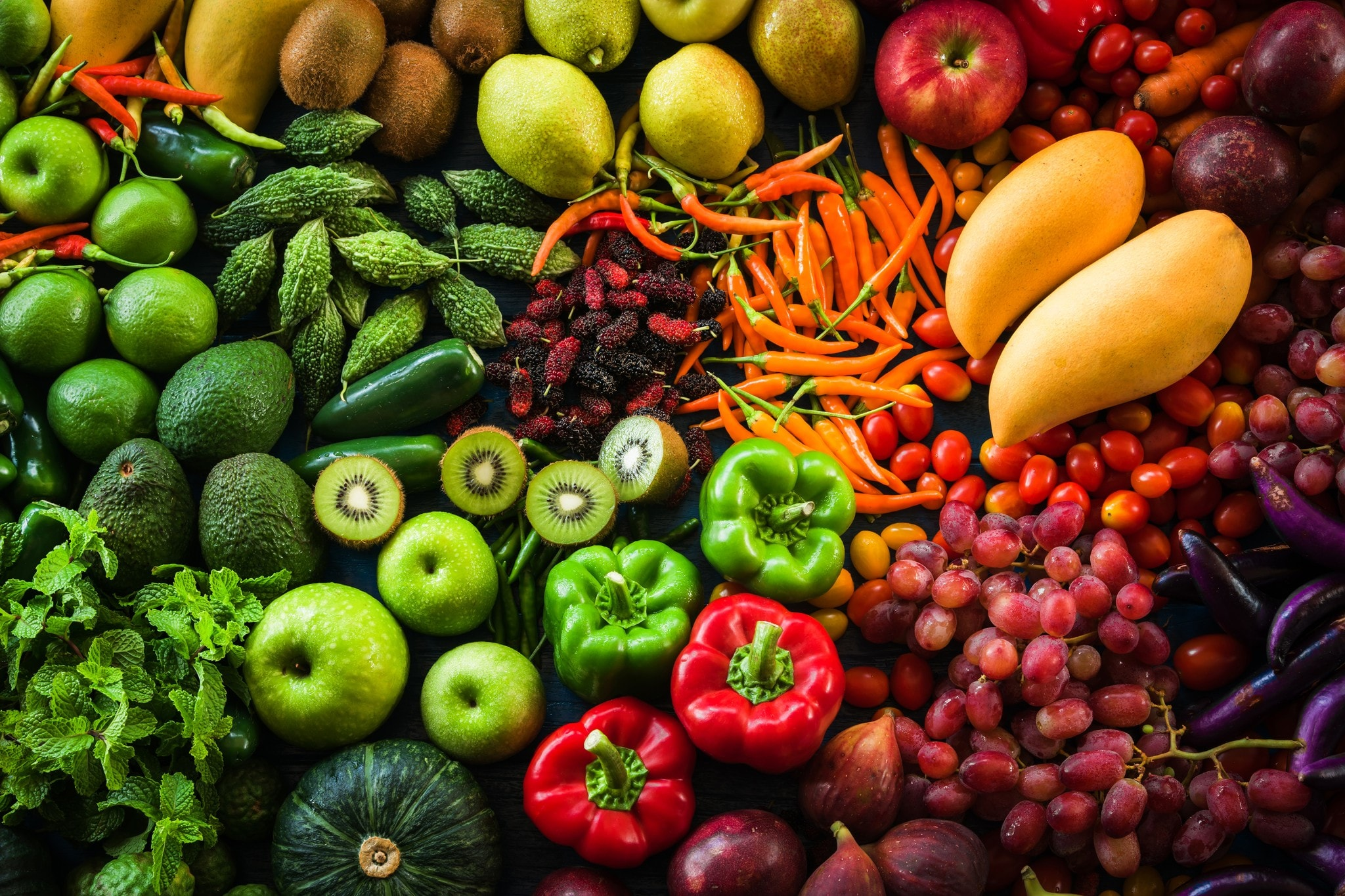The word "organic" carries consumers' deep expectations for pure food. But when the laboratory testing instruments are activated, are those vegetables with green labels really as impeccable as imagined? The latest nationwide quality monitoring report on organic agricultural products reveals that among 326 batches of organic vegetables sampled, approximately 8.3% were found to have trace pesticide residues. This data, like a stone thrown into a lake, has caused ripples in the consumer market.

I. The "Gray Zone" of Organic Standards
Opening the "Rules for the Implementation of Organic Product Certification," Article 7 of Chapter 2 clearly lists 59 types of pesticides of plant and mineral origin that are permitted for use. Biopesticides such as azadirachtin and pyrethrins are prominently included. Although these substances extracted from natural plants are defined as "low toxicity," excessive spraying may still lead to residues. Of greater concern is that the certification standards set a soil purification period of 36 months, but glyphosate metabolites from previous farming cycles can still be detected in groundwater at some bases in the North China Plain.
Cases of chlorpyrifos residue in testing reports serve as a warning. One certified base, adjacent to traditional farmland, suffered from pesticide drift pollution during the monsoon season, leading to the detection of 0.02 mg/kg of organophosphorus residue in spinach samples. This "passive pollution" exposes the inadequacy of the existing certification system in dynamically monitoring the farming environment, tearing a crack in the purity of organic agriculture.
II. The Truth Unveiled in Laboratories
When using gas chromatography-mass spectrometry, technicians set the detection limit for samples at the 0.001 mg/kg level. Data shows that 90% of positive samples had residue levels only 1/50 to 1/100 of those in conventional vegetables, equivalent to dropping two drops of ink into a standard swimming pool. However, advancements in modern detection technology have enabled the capture of molecules at the one-in-a-billion level, making absolute "zero residue" an impossible task.
The complexity of cross-contamination chains is beyond imagination. Warehouse contamination due to incompletely cleaned transport vehicles accounts for 42% of incident rates, while contact contamination caused by mixed placement on supermarket shelves accounts for 31%. More insidiously, antibiotics mixed into some organic fertilizer raw materials eventually enter vegetable cells through bioaccumulation.
III. A Rational Path to Rebuilding Trust
Facing the testing report, an organic farmer showcased their "transparent traceability system": A QR code on each package allows for querying the ratio of Bordeaux mixture applied and soil testing reports for the surrounding three kilometers. This approach of placing production processes in the open is rebuilding consumer confidence.
Food safety experts recommend adopting a "triple purification method": soaking in baking soda water to decompose fat-soluble pesticides, using an ultrasonic cleaner to remove surface adsorbates, and blanching for 5 seconds at 100°C to inactivate biological enzymes. These methods can eliminate 97.6% of trace residues, making the health defense line more robust.
Laboratory testing data should not serve as a verdict denying the value of organic agriculture. When we compare the 0.008 mg/kg of chlorpyrifos residue with the 1.2 mg/kg detected in conventional celery, we can still see the significant effectiveness of organic production systems in reducing pesticide use. Perhaps true purity does not lie in absolute zero, but in continuously approaching zero, which requires producers, regulators, and consumers to jointly weave a tighter quality network.
Post time: Mar-12-2025

